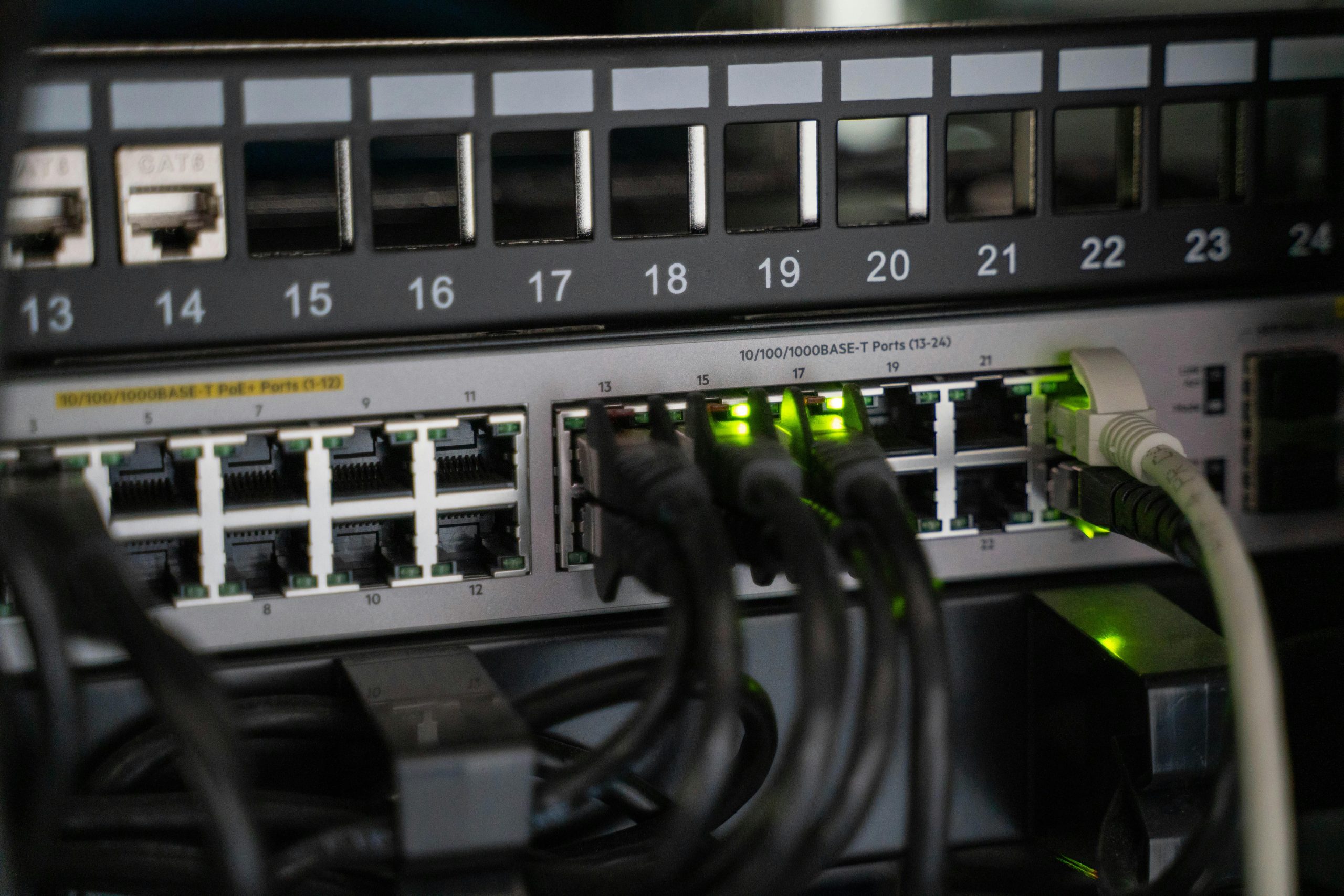Troubleshooting NVMe SSD Recognition Issues: When BIOS Detects the Drive but Windows Does Not
Introduction
Building a new PC can be an exciting experience, but it can also introduce various technical challenges. One common issue encountered by enthusiasts and professionals alike involves NVMe SSDs that are recognized in the BIOS and Device Manager but do not appear in Windows Disk Management or File Explorer. This article explores the potential causes and solutions for such problems, drawing from a real-world example involving Western Digital Blue SN580 M.2 NVMe SSDs on an MSI Pro B850-P WiFi motherboard.
Case Overview
A recent PC build involved installing two Western Digital Blue SN580 PCIe Gen 4.0 NVMe SSDs, each with a capacity of 1TB. While one SSD was correctly recognized by Windows and functioned as intended, the second SSD was only detected at the BIOS level and within the Device Manager. It did not appear in Disk Management or File Explorer, preventing its use for storage or data management.
System Specifications:
– Motherboard: MSI PRO B850-P WiFi
– SSDs: Western Digital Blue SN580 1TB M.2 NVMe (x2)
– Operating System: Windows (version not specified)
Diagnosis and Possible Causes
When an NVMe drive is visible in the BIOS and Device Manager but absent from Disk Management and File Explorer, several potential issues may be at play:
- Driver or Firmware Issues: Outdated or incompatible drivers can hinder Windows’ ability to recognize or interact with the SSD correctly.
- Partitioning Problems: The drive may be uninitialized or lack a proper partition table, preventing it from appearing in the Windows file system.
- BIOS Settings: Certain BIOS configurations, such as Secure Boot, CSM (Compatibility Support Module), or NVMe specific settings, might influence drive visibility.
- Hardware Connections: Loose or improperly seated M.2 drives can cause detection issues.
- Drive Faults: The SSD itself may be defective or incompatible.
Step-by-Step Troubleshooting
- Verify Physical Installation:
- Power down the system and ensure the M.2 SSD is securely seated in its slot.
-
Check for any visible damage or issues with the physical connector.
-
Update BIOS:
- Visit the MSI support website to download the latest BIOS firmware.
-
Follow the manufacturer’s instructions to perform a BIOS update, ensuring compatibility with PCIe 4.0 NVMe drives.
-
Check BIOS
Share this content:



